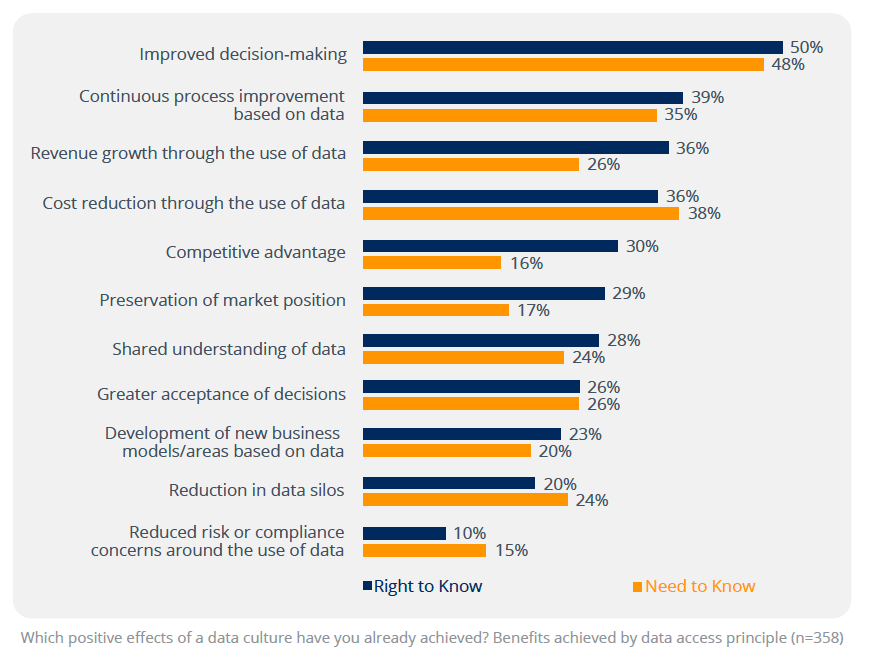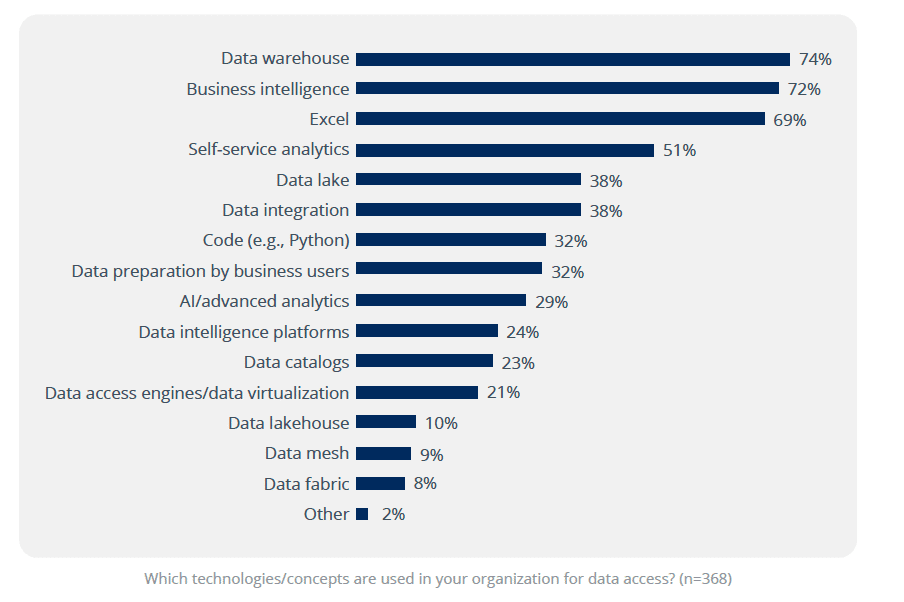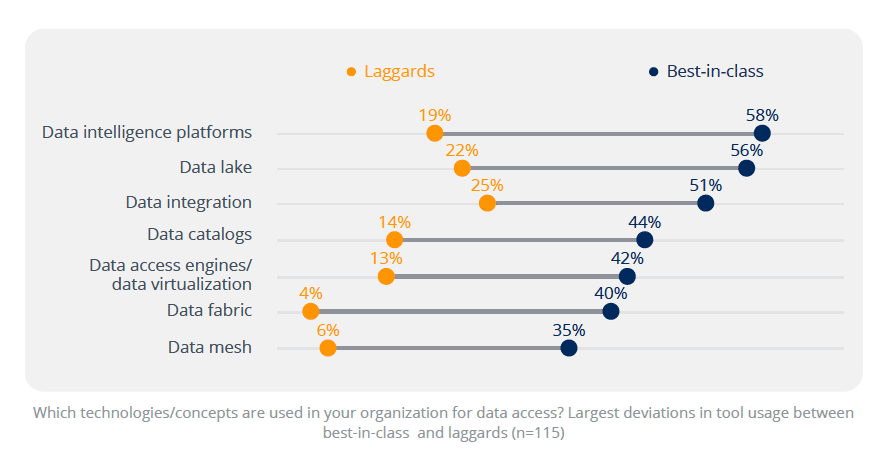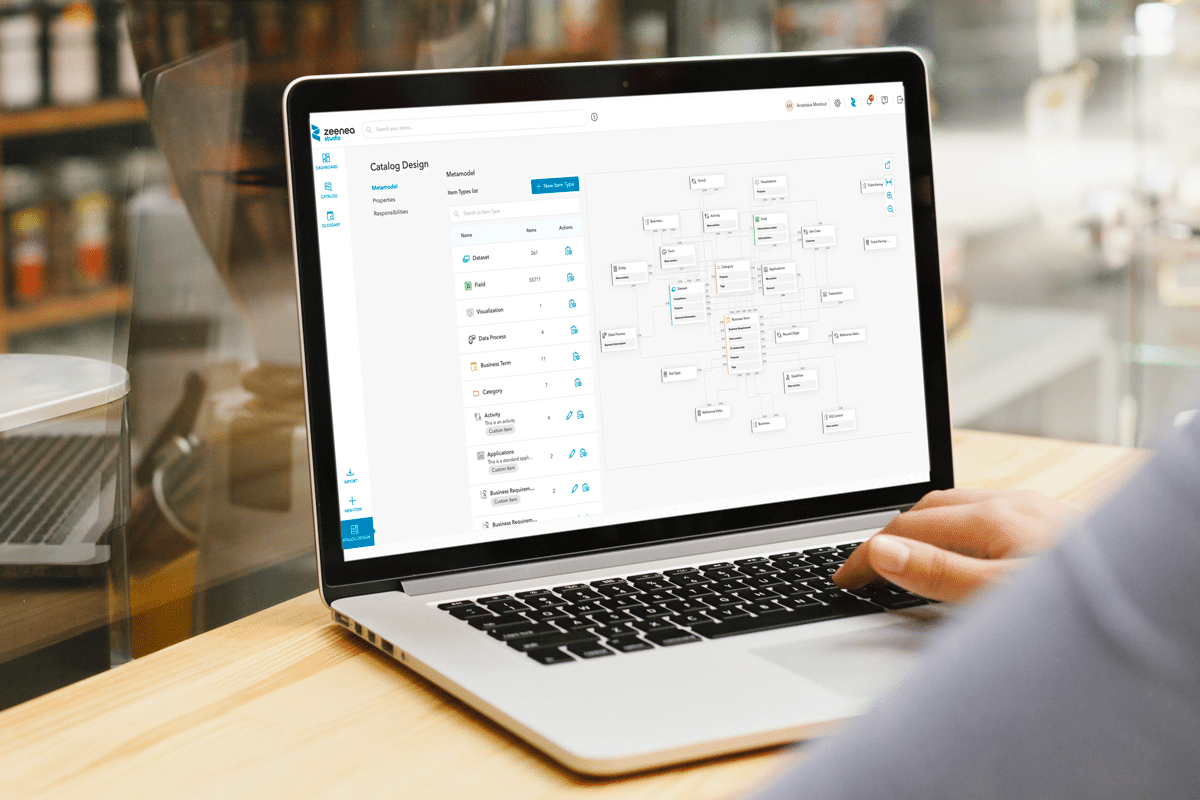Everything You Need to Know About Data Warehouses
Actian Corporation
February 12, 2023

No one doubts anymore that data has become one of the most strategic assets for a company. Competitiveness, productivity, and adaptation to the market – data and analytics have become essential to meet the challenge of performance. Business teams base their thinking and strategies on reports, dashboards, and analytic tools. Their challenge: extract information from their data, monitor business performance, and support decision-making.
The essential mission of data warehouses is to feed these reports, dashboards, and tools. How? By efficiently storing data and providing relevant results to queries in just a few minutes. As an operational and strategic tool, the data warehouse is now essential.
Want to go further? In this article, learn everything you need to know about data warehouses.
The Architecture of a Data Warehouse Broken Down
The architecture of a data warehouse is most often built around three layers: the Bottom Tier, the Middle Tier, and the Top Tier.
The Bottom Tier
The bottom tier, which is also called the storage layer, is dedicated to the storage of data. It most often gathers relational databases or distributed file management systems (DFS) that are intended to store raw data. It also includes indexes to improve query performance.
The Middle Tier
The middle tier (or transformation layer) is used for the data cleansing, transformation, and consolidation phases. To do this, the middle layer relies on ETL (Extraction, Transformation, Loading) tools. It can thus extract data from different sources, clean it, and transform it before sending it to the data warehouse.
The Top Tier
The top layer, also known as the front-end layer, is the layer that provides access to information for end users. This layer includes reporting, visualization, and BI (business intelligence) tools to allow users to create reports, dashboards, and visualizations from the data in the data warehouse.
The Benefits of a Data Warehouse
Relying on a data warehouse is a major advantage for a company that wants to leverage its data assets. Among the main benefits associated with the data warehouse, we will note in particular:
- The ability to centralize all available data in a single location in order to benefit from an optimized analytical capability, facilitating faster and more informed decision-making.
- The ability to store and leverage historical data and older data to identify long-term trends.
- Integration of data from different sources to provide a 360-degree view.
- Performance optimization using data shaping techniques.
- The opportunity to provide access to data to different users (and profiles) or to specific businesses within your organization.
Data Warehouse vs. Database: What are the Differences?
Too often, there is confusion between the data warehouse and the database. Yet, they are indeed two different components that fulfill specific missions and functions.
Thus, you can consider that a database is a data management system that allows for the storing, organizing, and accessing of data.
Databases store real-time information for common applications, such as CRM or supply chain management systems.
Data warehouses, on the other hand, are systems dedicated to data analysis that store historical data from different sources. Data warehouses are used for long-term analysis, forecasting, and strategic decisions.
Also, to enable fine-grained data exploitation, data warehouses are often designed to be used by less data-savvy profiles (such as business managers and data analysts), while databases are more dryly accessible, and often reserved for more experienced users.
In conclusion, if databases are used for short-term data management, data warehouses are rather reserved for long-term data analysis and for more strategic trade-offs.
Subscribe to the Actian Blog
Subscribe to Actian’s blog to get data insights delivered right to you.
- Stay in the know – Get the latest in data analytics pushed directly to your inbox.
- Never miss a post – You’ll receive automatic email updates to let you know when new posts are live.
- It’s all up to you – Change your delivery preferences to suit your needs.
















